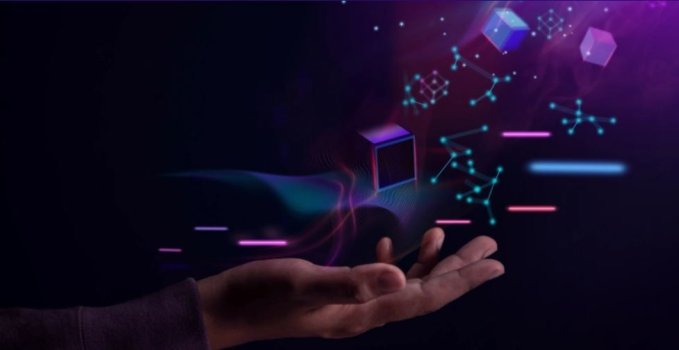The creator economy is driving innovation across industries, shifting definitions of work and providing revolutionary avenues for income. This software-enabled economy allows people to make money by producing content via photos, videos or music.
The creator economy is a booming industry, which only skyrocketed further during the pandemic: tech innovation of the past decade has amplified the industry’s possibilities. On the front-end, different platforms like TikTok, Instagram, and Cameo have billions of users the world over, and have provided content creators with impressive revenue streams. On the back-end of the creator economy, supporting tools like Patreon and Kajabi enable creators to produce better content more easily.
Within the past few months, there’s been an emergence of industry-specific social platforms, even in traditional sectors. For example, Playhouse launched “TikTok for real estate” where users can browse videos of real estate listings; Hammr enables construction workers to showcase their own construction projects on their app.
The creator economy is shifting definitions of work, but it, too, will undergo transformation with the rise of Web3.
Shifting definitions of work
The increasing ability of creators to monetize their content has forced fundamental changes in what “work” looks like. The creator economy, as we know it today, has gone through three phases of evolution:
Continue reading: https://venturebeat.com/2022/06/18/the-future-of-the-creator-economy-in-a-web3-world/
The creator economy is a booming industry, which only skyrocketed further during the pandemic: tech innovation of the past decade has amplified the industry’s possibilities. On the front-end, different platforms like TikTok, Instagram, and Cameo have billions of users the world over, and have provided content creators with impressive revenue streams. On the back-end of the creator economy, supporting tools like Patreon and Kajabi enable creators to produce better content more easily.
Within the past few months, there’s been an emergence of industry-specific social platforms, even in traditional sectors. For example, Playhouse launched “TikTok for real estate” where users can browse videos of real estate listings; Hammr enables construction workers to showcase their own construction projects on their app.
The creator economy is shifting definitions of work, but it, too, will undergo transformation with the rise of Web3.
Shifting definitions of work
The increasing ability of creators to monetize their content has forced fundamental changes in what “work” looks like. The creator economy, as we know it today, has gone through three phases of evolution:
Continue reading: https://venturebeat.com/2022/06/18/the-future-of-the-creator-economy-in-a-web3-world/

